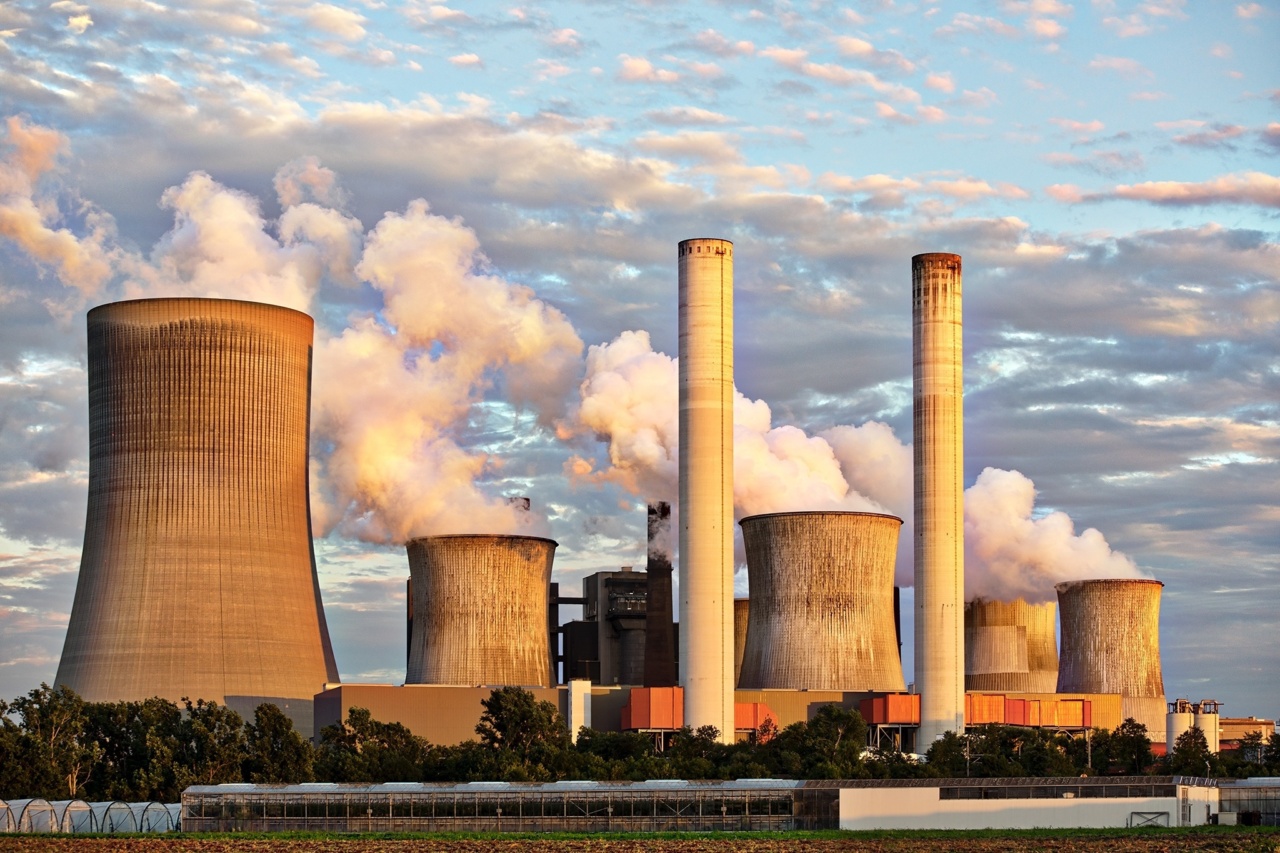Air pollution is a major public health concern and is linked to a range of health problems, including hypertension. In children, exposure to air pollution can be especially harmful, leading to long-term health effects that can persist into adulthood.
What is hypertension?
Hypertension, also known as high blood pressure, is a condition in which the force of blood against the walls of arteries is too high. This can cause damage to the heart, kidneys, and other organs.
Hypertension is typically defined as a systolic blood pressure of 140 mm Hg or higher, or a diastolic blood pressure of 90 mm Hg or higher.
How does air pollution affect hypertension in children?
Air pollution can have a number of different effects on the body that can contribute to hypertension. For example, exposure to air pollution can cause inflammation, which can lead to damage of blood vessels.
This, in turn, can lead to an increase in blood pressure.
Additionally, air pollution can cause oxidative stress, which can also lead to damage of blood vessels. Children who are exposed to high levels of air pollution may be at increased risk of developing hypertension both in childhood and later in life.
What types of air pollution are most harmful to children?
There are a number of different types of air pollution, including particulate matter, ozone, and nitrogen dioxide. Particulate matter, which includes both fine and coarse particles, is one of the most harmful types of air pollution for children.
These particles are small enough to penetrate deep into the lungs and can cause inflammation and damage to lung tissue.
Ozone and nitrogen dioxide are also harmful to children, particularly those with asthma.
Ozone can cause chest pain, coughing, and shortness of breath, while nitrogen dioxide can aggravate asthma symptoms and make it more difficult for children to breathe.
What are the long-term health effects of hypertension in children?
Hypertension can have a number of long-term health effects in children, including an increased risk of heart disease, stroke, and kidney disease later in life.
In addition, hypertension can also lead to damage of blood vessels in the eye, which can affect vision.
What can be done to reduce the risk of hypertension in children?
To reduce the risk of hypertension in children, it is important to take steps to reduce exposure to air pollution. This can include avoiding areas with high levels of air pollution, such as busy roads, and using air filters in the home.
In addition, it is also important to promote healthy lifestyle habits, such as regular physical activity and a healthy diet. These lifestyle habits can help to lower blood pressure and reduce the risk of hypertension.
Conclusion
Exposure to air pollution is a significant risk factor for hypertension in children. With the long-term health effects of hypertension, it is important to take steps to reduce exposure to air pollution and promote healthy lifestyle habits.
This can help to protect the health of children and reduce the risk of hypertension and related health problems later in life.




























